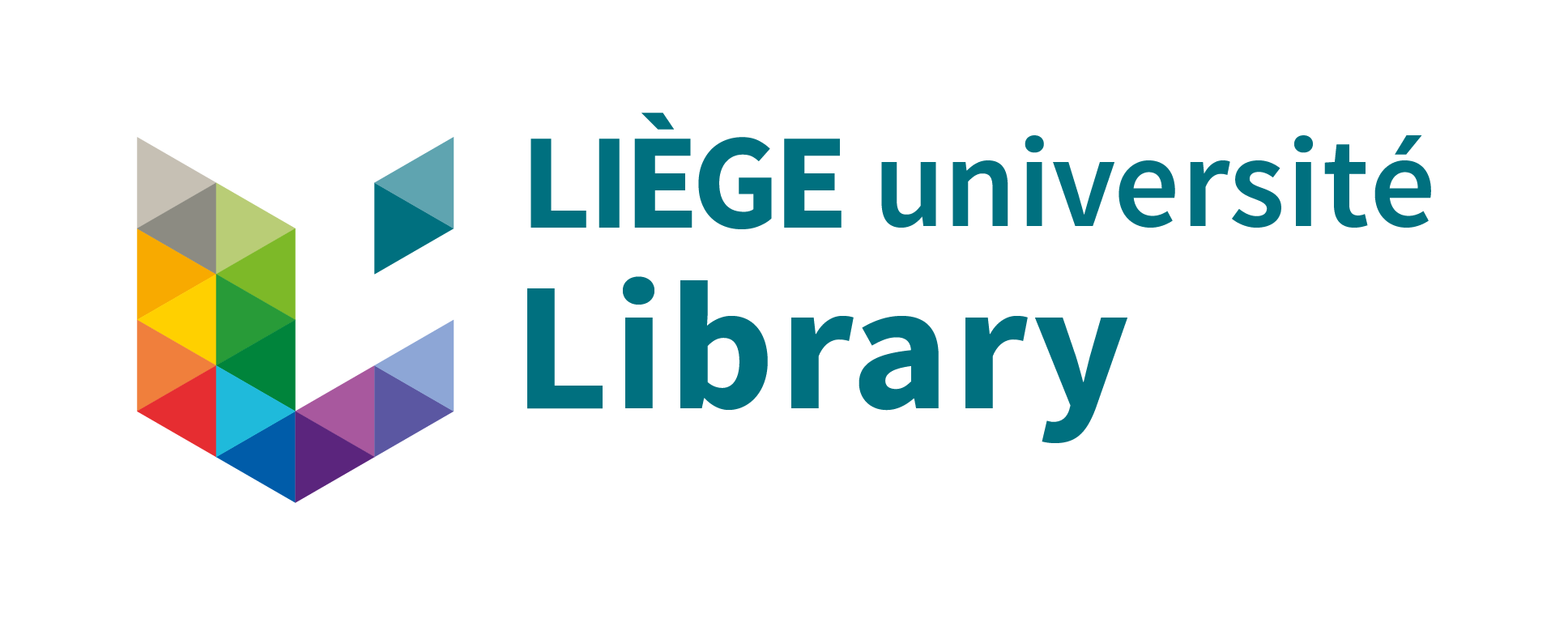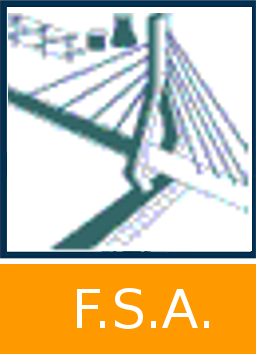Master thesis : A climate forecasting model to assist Belgian wine-growers against bud freezing
Leerschool, Adrien 
Promoteur(s) :
Cornélusse, Bertrand  ;
Doutreloup, Sébastien
;
Doutreloup, Sébastien 
Date de soutenance : 5-sep-2022/6-sep-2022 • URL permanente : http://hdl.handle.net/2268.2/16139
Détails
| Titre : | Master thesis : A climate forecasting model to assist Belgian wine-growers against bud freezing |
| Titre traduit : | [fr] Un modèle de prédiction pour assister les vignerons belges contre le gel des bourgeons |
| Auteur : | Leerschool, Adrien 
|
| Date de soutenance : | 5-sep-2022/6-sep-2022 |
| Promoteur(s) : | Cornélusse, Bertrand 
Doutreloup, Sébastien 
|
| Membre(s) du jury : | Debruyne, Christophe 
Drion, Guillaume 
|
| Langue : | Anglais |
| Nombre de pages : | 68 |
| Mots-clés : | [en] data science [en] random forest regressor [en] machine learning [en] normalizing flows [en] neural network [en] weather forecasting [en] probabilistic model [en] vine culture [en] air temperature prediction [en] bud freezing [en] Regional Atmospheric Model [en] Long Short-Term Memory [en] temperature supervising |
| Discipline(s) : | Ingénierie, informatique & technologie > Sciences informatiques |
| Public cible : | Grand public |
| Institution(s) : | Université de Liège, Liège, Belgique |
| Diplôme : | Master : ingénieur civil en science des données, à finalité spécialisée |
| Faculté : | Mémoires de la Faculté des Sciences appliquées |
Résumé
[en] In Belgium, the global warming offers new opportunities for the wine culture. In the past fifteen years, the area dedicated for vineyards became eight times bigger, rising from 72 hectares in 2006 to 587 hectares in 2020.
Nevertheless, the Belgian climate is not always indulgent with vineyards throughout the year. In the spring particularly, when the bud has already grew and became more sensitive to frost, a few cold nights may arise and lead to the destruction of the grapes.
Hopefully, few methods exist to fight bud freezing. From one vineyard to another, different techniques will be used depending on, amongst other, the size of the plantation, the intensity of the frost or the financial means.
In 2017, half of the plantations have a size below one hectare. For this kind of small area, the construction of expensive infrastructures is not viable and more adapted methods must be chosen. The most suitable solution, and often the only one conceivable in small vineyards, consists in lightning large candles all over the place to increase the temperature around the grapes.
Although this solution has the advantages to be simple and relatively cheap, it also has two drawbacks. The first one, common to other more expensive methods, is the temperature monitoring, which consist in determining when to take action. The second one, inherent to this particular method, is the need of a workforce available in a hurry to light all the candles in the middle of the night.
In our work, we propose to assist Belgian wine makers by means of \acrfull{ml} techniques in the two aspects aforementioned. We achieved to accurately forecast the temperatures around the grapes up to 36 hours ahead with an error below 1 degree Celsius. Additionally, we also provide a live supervising model capable of detecting negative temperatures with an error below 0.5 degree. In doing so, we avoid the wine growers to unnecessarily wake up during night to monitor the temperatures and we also allow them to organize a workforce sufficiently early enough.
Fichier(s)
Document(s)
Citer ce mémoire
L'Université de Liège ne garantit pas la qualité scientifique de ces travaux d'étudiants ni l'exactitude de l'ensemble des informations qu'ils contiennent.


 Master Thesis Online
Master Thesis Online



 Rapport_TFE_Leerschool_s143401.pdf
Rapport_TFE_Leerschool_s143401.pdf

